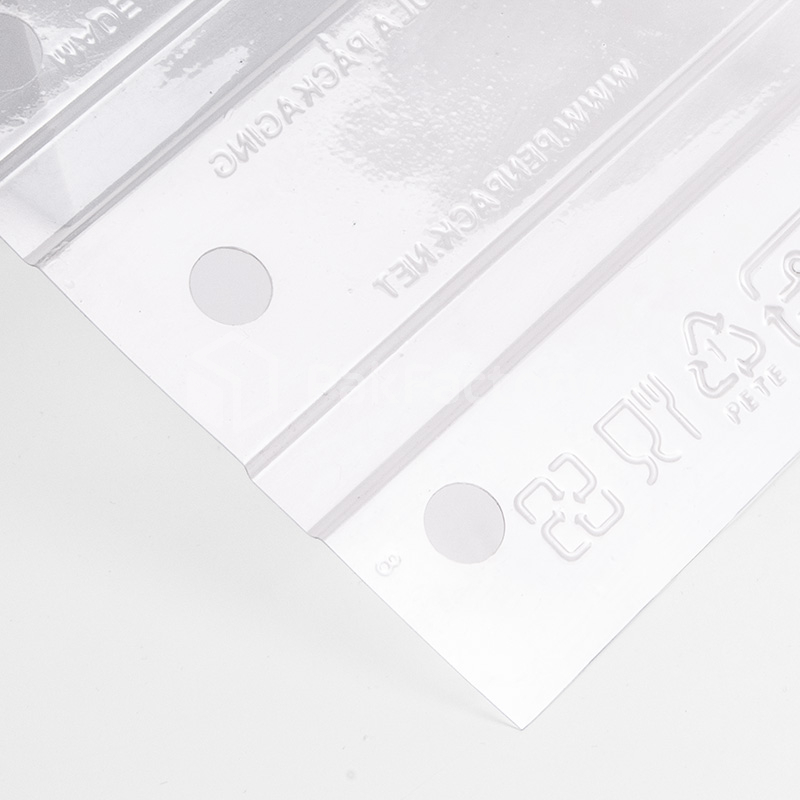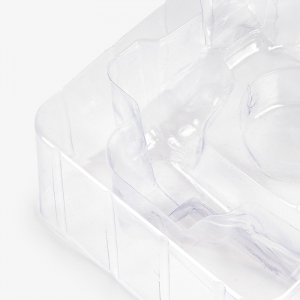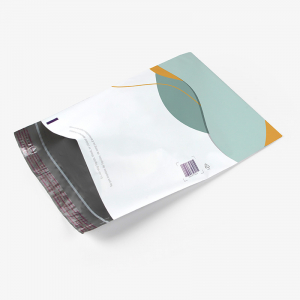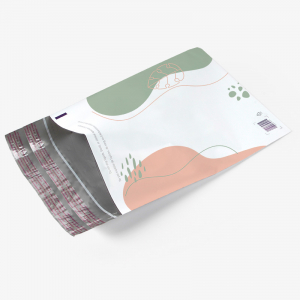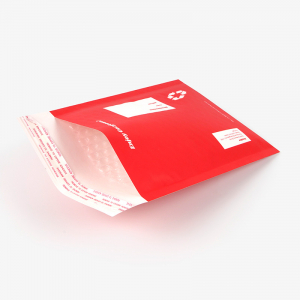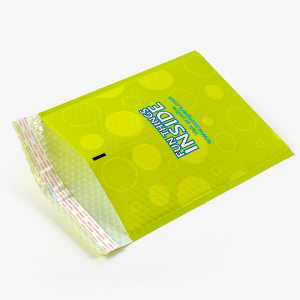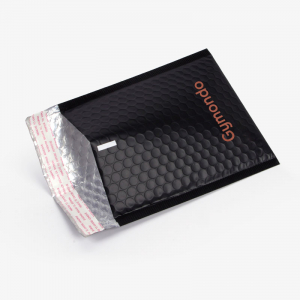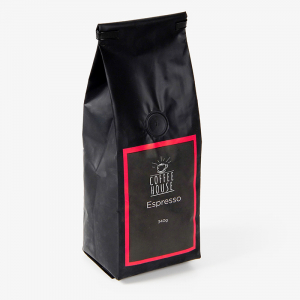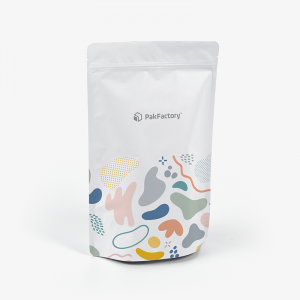
PETG
Polyethylene Terephthalate Glycol (PETG) plastic offers significant resistance against heat and liquids and chemicals as well as strength and durability, making it exceptionally popular for applications in food and beverage packaging.
Best Used With
Overview
Polyethylene Terephthalate Glycol (PETG) plastic, although similar to PET plastic, differs in molecule compounds as 'G' stands for glycol. Glycol is added to create a less brittle and more pliable texture to the plastic, making it better at shock and temperature resistance. Well suited for techniques like die-cutting, this plastic material offers a surface for high quality printing for your packaging. PETG plastic is popular in consumer and commercial applications for creating things like plastic trays, wraps and much more.

